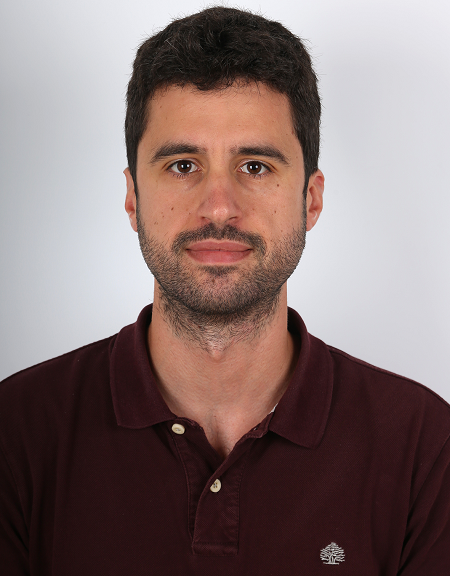
Introducing our distinguished expert, Mr. David Sánchez González, a GNSS Aeronautical Systems Engineer from GMV and with extensive expertise in the field. In today’s rapidly evolving technological landscape, unmanned aerial vehicles (UAVs) have presented both exciting opportunities and formidable cybersecurity challenges. Under the guidance of Mr. Sánchez González, interviewed by THE GPS TIME, this interview will delve into the specific risks and innovative solutions for safeguarding UAVs from cyber threats, with a particular focus on satellite-based communication and positioning systems. We will also explore the implementation of a pioneering cybersecurity system at the Rozas Airport Research Center and its potential impact on Galicia’s aerospace industry and the broader UAV market in Europe.
What are the specific challenges and risks associated with the cybersecurity of unmanned aerial vehicles (UAVs) in today’s rapidly evolving technological landscape?
Mr. Sánchez González: The rapid evolution of UAV technologies has led to a steep rise in the number of operations and the possible applications of UAVs. While all of these technologies will bring benefits to society, UAV operations require risk assessment and mitigation. The traffic of these vehicles and the complexity of their operations will increase sharply in the near future. For instance, there will be more UAVs flying near airports or other sensitive areas. In such scenarios, an attacker could use an interference signal to cause the vehicle to lose control. In some cases, these interference signals can be generated easily using a radio jammer, so it is essential to take preventive measures to protect UAVs from harmful interference.
Could you elaborate on how the developed cybersecurity system will protect the satellite-based communication and positioning systems used by UAVs against radiofrequency signal jamming and spoofing attacks?
Mr. Sánchez González: The system will comprise a network of ground stations that continuously monitor the positioning signals broadcasted by the satellites and the C2 (command and control) link between UAVs and their ground control station. The system will also enable network enhancement through a dynamic sensor onboard the UAVs.
How will the network of ground stations and onboard sensors work together to ensure comprehensive monitoring and detection of interference sources in the vicinity of the Rozas Airport Research Center?
Mr. Sánchez González: It will be possible to use UAVs to monitor signal sources outside the area covered by the ground stations.
In what ways will the implementation of this cutting-edge cybersecurity system contribute to the further development of the CIAR and the overall growth potential of the unmanned vehicle market in Galicia and Europe?
Mr. Sánchez González: Both the GNSS signals and the C2 link are fundamental for UAV operations. By monitoring these signals, the system will increase the safety of UAV operations in the CIAR. This is key for an infrastructure such as the CIAR, which is a sandbox for developing UAV technologies. As said before, harmful interference could compromise the safety of UAV operations. What’s more, in many cases these interferences are unintentional and are caused by nearby devices being used for other purposes. Rapid detection of these devices is essential to ensure the continuity of operations in the CIAR.
Can you shed some light on the potential broader impact of investment in UAV technologies on public policies and services, as well as the specific areas in which the Galician aerospace industry can make significant contributions?
Mr. Sánchez González: Galicia plays a fundamental role in the development of UAV technologies. Thanks to investments from the public and private sectors, the CIAR offers an ideal environment for carrying out R&D projects related to all sorts of civil UAV applications. These types of initiatives are key to accelerating the development of these technologies.
for more information visit: www.gmv.com



















